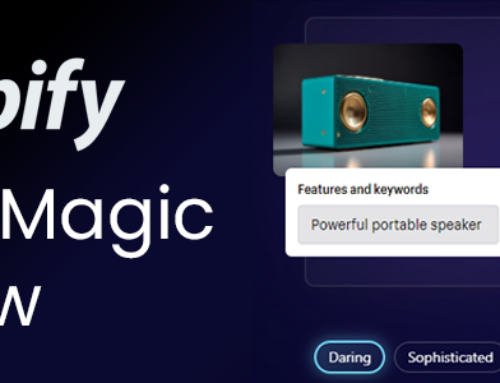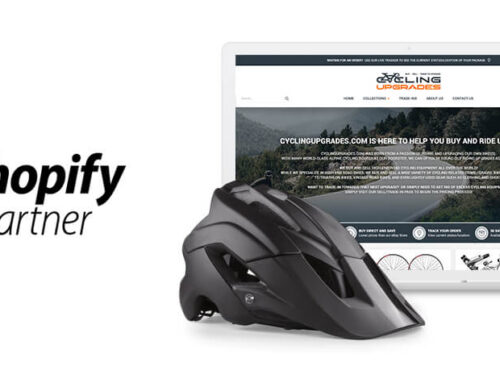
You’re working hard to market your company and make sure you appear in search. Writing your descriptions, optimising images, and mastering most of the other elements of effective search engine optimisation (SEO). However, if you’re anything like many of the many e-commerce merchants we speak to, you may be struggling with meta descriptions.
Meta descriptions don’t directly effect your SEO. Search engines like Google will simply take a snippet of page text if you don’t set your own meta description.
Page click through does affect your search engine ranking though. If no one clicks on the link to your page, search engines will assume it is not a relevant result. More importantly, if people don’t click to visit your site, they can’t buy from you!
So good meta descriptions are core to better rankings and increased clicks from search results. This guide teaches you how to write and optimise title tags and meta descriptions.
Keep it Brief
A meta description should not be more than 160 characters. You can write something longer, but search engines will cut it off, and you should know where it will cut.
Your meta description is like a sales pitch in a tweet. With limited characters, you need to say something that is going to excite customers and make them want to click. When someone reads your meta description, they want to get a feel for your brand, what you sell and why your page deserves a click.
If you’re one of the many merchants selling less glamorous products, you may have a few concerns about whether or not your product or service fits into these parameters for a well-written meta description.
When selling a product that doesn’t have a ton of sex appeal, you should focus on making your description as informative as possible. Your customers know what they need and what their budget is for that product. Instead of trying to wow them with a razzle dazzle sales pitch in under 160 characters, be precise. Use the meta description to make sure they know that this is the exact product they’re looking for. Tell them how it’s made, what it does and who you are.
Focus on what would compel a searcher to click on your title tag. You need to answer two questions:
- What are you offering?
- Why should I buy from you?
Let readers know what you do, and tell them about your unique selling proposition. Tell them multiple times if you have space. Meta descriptions are not the place for subtlety.
Sell the benefits
Make sure your meta description shows customers what they get by shopping with you over anyone else. Free shipping, fast shipping, buy-one-get-one, a free gift or a discount code are just a few examples of wow factors you should include in your meta description if you offer them.
If you can’t pack your description with perks, try to put the customer first. Do you source your products locally or ship within 24 hours? Do you offer 24/7 customer service support? Free returns? Perks do not have to be financial. It could be the social responsibility value of buying from you if you sell sustainable goods or donate to charity. Whatever your company does that is an attractive buying advantage for customers.
Proofread
Every meta description should be written as a carefully considered sales pitch. Use punctuation, write in complete sentences and avoid excessive capitalisation or jazzy punctuation. Five exclamation marks will not make a sale for you and you don’t need them. There are some instances where it’s OK to abbreviate words, but you need to imagine someone reading this information about your company for the first time. Think of your buyer persona. How would your target customer feel reading it?
Personalise
Each meta description should be unique to the page it represents. Take the time to write a unique meta description for every page of your website. This helps clarify the page’s intent to your readers, so they know whether your page is the one they’re looking for.
If you sell tens of thousands of products, handling this manually can be a daunting task. Realistically, you probably don’t have the time to go through and personalise each description. In this instance, you can give yourself some short-term relief by optimising meta descriptions in bulk. Yes, this directly contradicts my last point, but e-commerce is a game of many moving parts and sometimes we have to juggle priorities. You can write a more generic meta description and simply find a natural place to insert the name of the product within each description. Then use a spreadsheet and the handy concatenate function to create similar but unique meta descriptions for each product page. In a perfect world, we’d all have the time to personalise meta descriptions, but if time or scale of work is against you, this option allows you a placeholder in the meantime.






